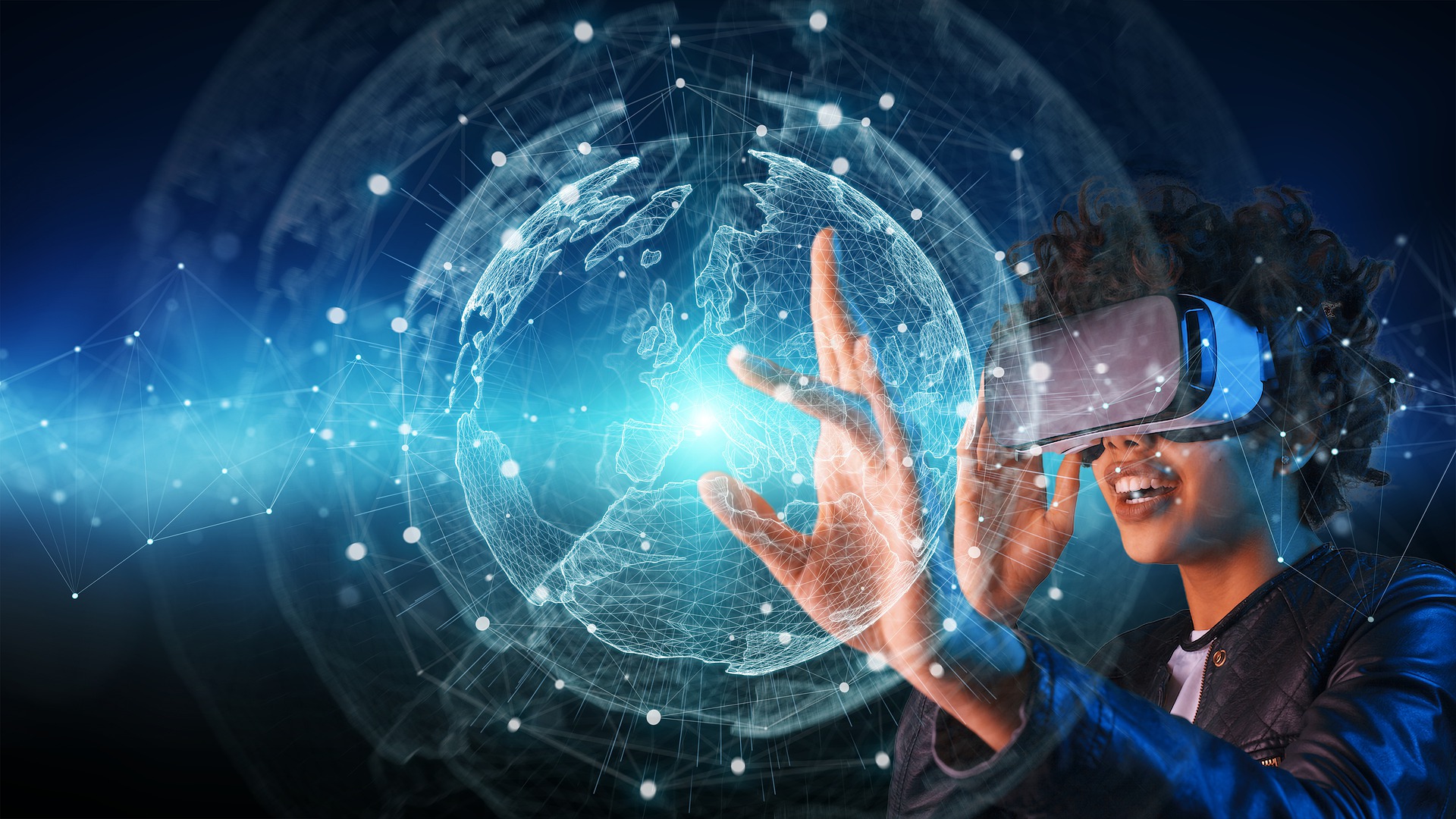Introduction
The merging of physical and virtual reality produces the metaverse, a communal virtual shared place or virtual world. It provides a completely immersive and participatory experience by fusing virtual reality, augmented reality, and the internet. The way we work, play, and engage with one another might be altered by this idea. This blog article will discuss the Metaverse, the future of virtual reality, and its possible social effects.
What is the Metaverse?
In 1992, Neal Stephenson’s science fiction book Snow Crash originally presented the idea of the Metaverse. Many scholars and businesses have since investigated and refined the concept. Decentraland, Second Life, and Roblox are just a few of the metaverse systems and technologies that are presently being developed. The Metaverse has the potential to be applied in a variety of ways, including gaming, socializing, learning, and even therapy.
The Future of Virtual Reality
With improvements in hardware and software, VR technology has advanced significantly in recent years, becoming more immersive and lifelike. One of VR’s many advantages is its capacity to produce immersive and interesting experiences. However, there are possible negative aspects as well, such as the price of the equipment and motion sickness. As it delivers a completely immersive experience that can serve to improve the sensation of presence and engagement inside the virtual world, VR is anticipated to play a significant part in the development of the Metaverse.
The Impact of the Metaverse on Society
It’s possible that the metaverse may bring up new business opportunities, like virtual real estate, and perhaps new sectors and employment. It could also have a significant effect on cultural and social conventions, such as how we relate to one another and how we enjoy entertainment. The Metaverse does, however, raise a number of ethical questions and possible consequences, including concerns about data privacy and security, the possibility of addiction, and other adverse effects on mental health.
Challenges and Opportunities
The creation of a scalable and secure network infrastructure is just one of many difficult technological hurdles involved in the arduous undertaking of building the Metaverse. The production of new digital goods and services is only one of the many chances for innovation and entrepreneurship that the Metaverse presents. Additionally, the Metaverse has the ability to connect individuals from all over the world together, opening up hitherto unattainable chances for collaboration and cooperation.
Conclusion
VR and the metaverse have the power to revolutionise how we work, play, and live. While the Metaverse and VR’s future are still up in the air, it is certain that they will have a big influence on society. It is crucial to think about the possible hazards and ethical ramifications as we continue to research and develop these technologies while simultaneously seizing the chances for innovation and cooperation.
To sum up, the Metaverse and virtual reality have the ability to produce a fully immersive and engaging experience that might fundamentally alter how we live and connect with one another. Although new technologies come with dangers and challenges, there are a lot of chances for creativity and teamwork. It will be crucial to think about the social and ethical ramifications while also embracing the promise for change as we continue to research and build the Metaverse and VR.


